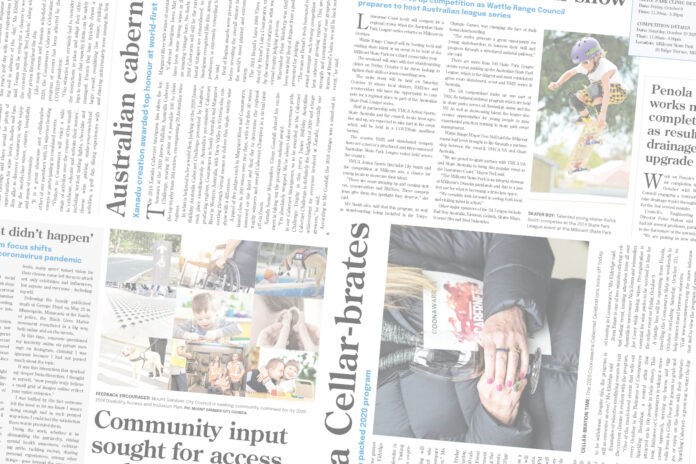Australia’s cold housing crisis was in the spotlight last week at the University of South Australia Mount Gambier Campus public lecture.
The lecture, ‘Australia’s invisible cold housing crisis’, was presented by Associate Professor in Architecture Dr Lyrian Daniel (pictured).
Dr Daniel discussed implications of cold housing including health impacts and mortality then provided strategies on how to overcome the issue.
“I think those that came were really engaged and had some fantastic ideas about particularly fixing the issue which was interesting to speak about,” Dr Daniel said.
“We have always been interested in Mount Gambier housing for a variety of reasons.
“Some of it is the cooler climate, some of it is the variety of housing that’s built there and, in some respects, the prevalence of poor-quality housing, which in some areas is also combined with social economic disadvantage.”
Dr Lyrian said there were several reasons why Australian houses were cold including the design, insulation and how homes were heated.
“In much colder climate countries they’re really strict about having great insulation, good quality glazing, the house is very airtight,” she said.
“Then often homes and buildings in general are heated centrally and they’re heated almost all of the time and the occupants do not have as much need to interact with the heating appliances.
“Whereas in Australia, heating and cooling is much more discretionary and we generally just heat one space or a couple of spaces as opposed to having that central heating system.
“Over 50% of the Australian population live in climates where it takes more energy to heat and be comfortable in winter than cooling in summer.”
Dr Daniel said data showed cold living environments had considerable impacts on health including cardiovascular disease, respiratory illness and mental health.
“It has considerable implications for health and wellbeing, particularly among lower socio-economic households and other vulnerable groups,” Dr Daniel said.
“There are ways that we can address it both individually but perhaps, more importantly, through things like improving our minimum standards for rental property and improving our building code requirement.”
Dr Daniel said some strategies to increase warmth in homes included ceiling and floor insulation, carpet or rugs on raised timber floors and draught sealing windows and doors.
Dr Daniel also suggested visiting the State Government concessions page online as people may be eligible for a cost of living or energy concession.
“I think that we should just as a community, as homeowners, tenants or landlords we should all demand better housing for everyone within the community,” she said.




